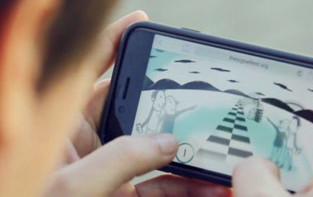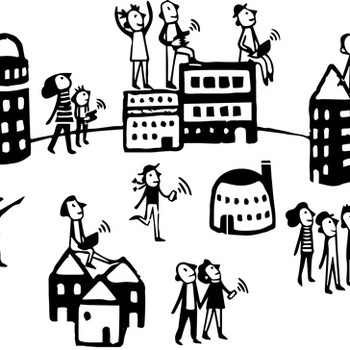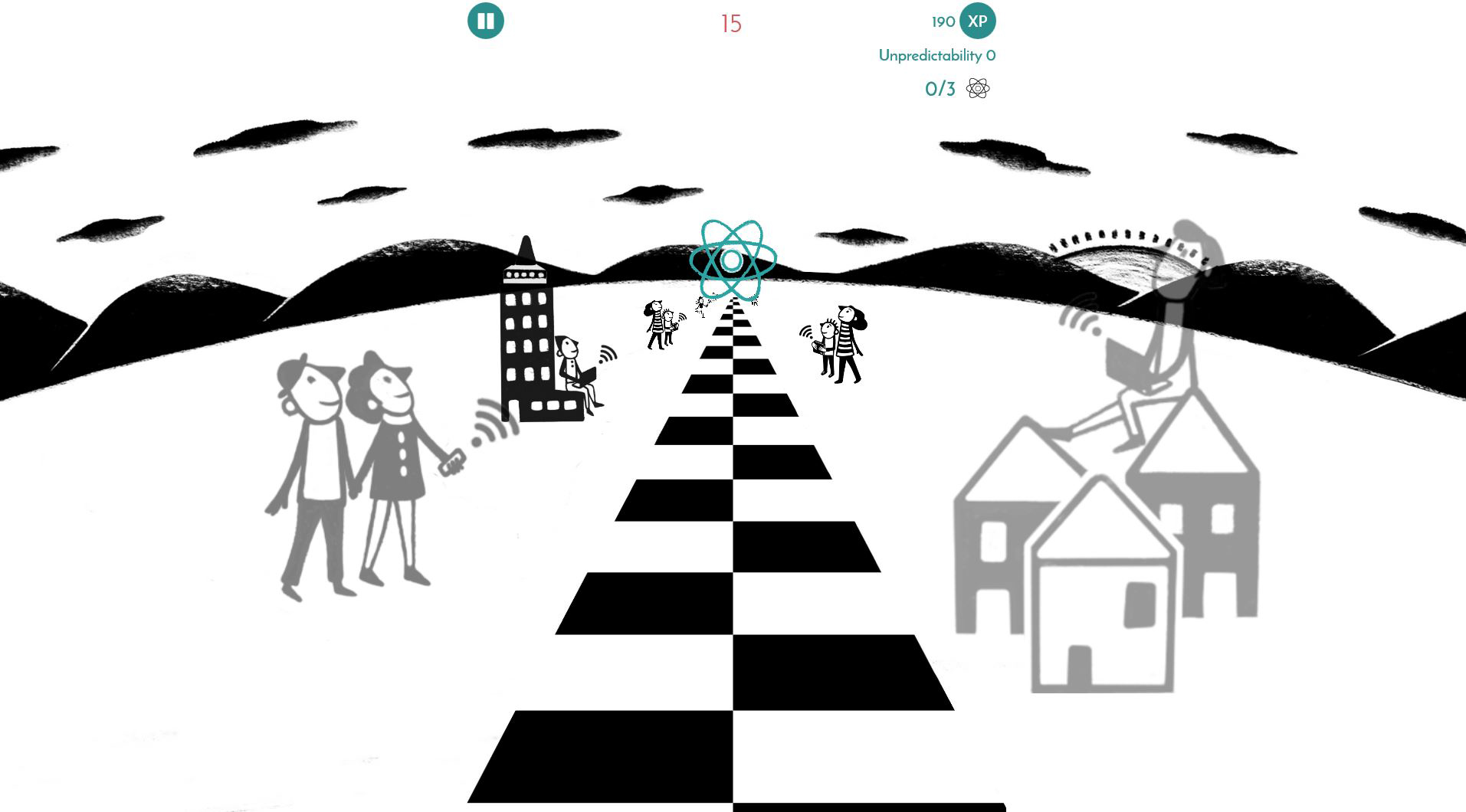





"Spooky action at a distance" were the words Albert Einstein once used to insinuate his distrust of the quantum physical phenomenon of particle entanglement: The renowned physicist was not convinced that it really is possible for a measurement done on one entangled particle to determine the state of its twin entangled particle, directly and with no tangible connection whatsoever between the two. In numerous quantum experiments since then, exactly that was indeed proven to be true. Yet certain loopholes had remained, which means that Einstein's judgment was not ruled out entirely until recently.
90 millions of zeros and ones generated
One of the largest of these so-called "loopholes" was closed on 30 November 2016 with the world-wide interactive experiment "Big Bell Test", named after the Northern Irish quantum physicist John Stewart Bell. The event was organized by renowned scientific institutions around the globe, including the Vienna Institute for Quantum Optics and Quantum Information (IQOQI) of the Austrian Academy of Sciences (ÖAW). More than 100,000 volunteers, so-called "Bellsters", on five continents participated in this experiment.
In a specially designed online game, these Bellsters used their computers, tablets or smartphones to generate, arbitrarily and without influencing one another, more than 90 million zeros and ones. These numbers were then fed via experimental stations into a total of 12 quantum laboratories. At the IQOQI Vienna of the Austrian Academy of Sciences, they were used as input for the setting of a quantum experiment where the entanglement of light particles was confirmed successfully once again.
Huge human "random number generator"
The science and also the considerable attraction of this global experiment are now explained by the collaborating scientists in the science journal “Nature”. In all previous Bell tests, the theoretical possibility of an external influence on the measurement remained. One such possibility is that of a connection between the random number generators used in the experiments and the particles, which is somehow produced by the encompassing experimental arrangement. By involving thousands of human beings in the "Big Bell Test", this loophole was successfully closed, as the human decisions were taken completely independently with no way to predict them.
"That we were able to use the random decisions of more than 100,000 people to demonstrate entanglement proves that ‘spooky action at a distance’ is real," commented Thomas Scheidl, quantum researcher at the Austrian Academy of Sciences and co-author of the "Big Bell Test" publication. The enormous global numbers of participants in the experiment illustrate at the same time "how large the public interest in the 'weird' world of quantum and its exploration is," Scheidl remarks with apparent pleasure. More than 10,000 "Bellsters" from all over Austria contributed to the 2016 experiment, which was coordinated by the Institute of Photonic Sciences (ICFO) in Barcelona.
Publication
"Challenging local realism with human choices", Carlos Abellán, (...) Jorge Fuenzalida, Johannes Handsteiner, Bo Liu, Dominik Rauch, Thomas Scheidl, Rupert Ursin, Anton Zeilinger (...), Nature, 2018.
DOI: 10.1038/s41586-018-0085-3